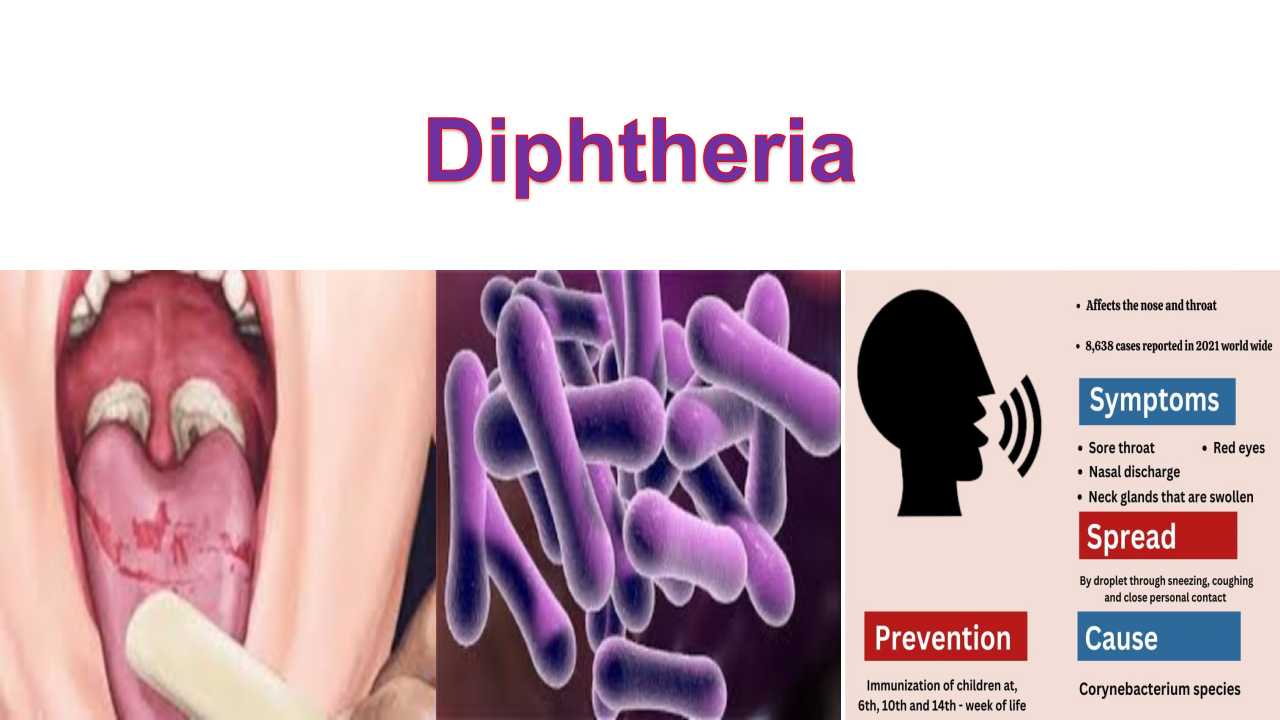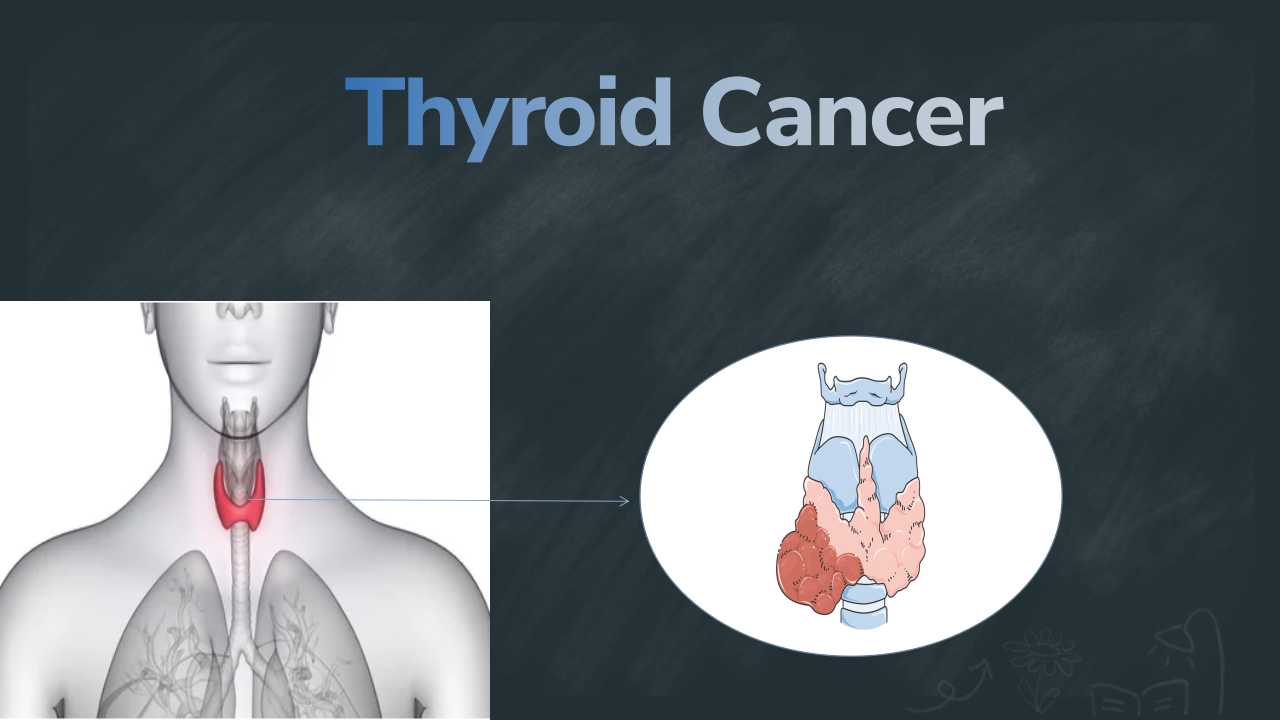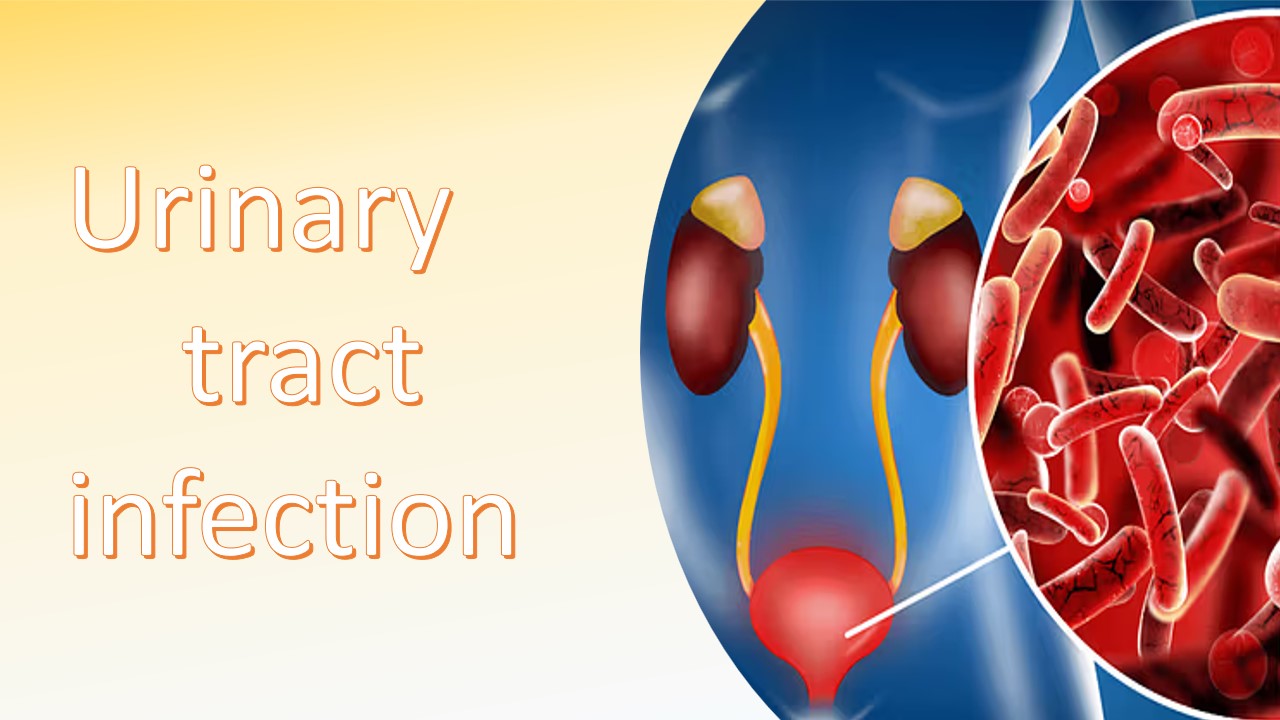
Diphtheria
A bacteria known as Corynebacterium diphtheriae is the source of the infectious disease called diphtheria. The bacteria Corynebacterium diphtheriae( is a gram-positive pathogenic bacterium) that enter to the lining of the respiratory system cause diphtheria. A poison produced by these bacteria harms the cells in the respiratory tissue. The tissue becomes thick and makes a gray coating in two or three days. The tonsils, throat, voice-box, and nose tissues may be covered by this coating. It becomes difficult for the sick person to swallow and breathe. Also, diphtheria may cause non-healing skin lesions that may turn into gray tissue(cutaneous diphtheria). Diphtheria is spread by touching an object contaminated with bacteria or by breathing in bacterial droplets that are released into the air when someone sneezes, coughs, or spits. Additionally, an infected individual may spread the illness by touching clothes, touched by another person or an open sore handled by another person.
Exotoxins are produced by certain strains of this bacteria. The most severe diphtheria is related to this type of strain. Toxin causes tissue and cell death by blocking the synthesis of proteins. The poison can harm the kidneys, heart, and nerves if it gets into the bloodstream. Both neuropathy and myocarditis ,an inflammation of the heart muscles can occur in an individual. Damage to the nerves known as neuropathy can cause tingling, discomfort, numbness, and weakening in the muscles. Another strain of C. diphtheriae do not produce the toxin. This type of varient commanly causes sore throat(pharyngitis). in some cases, the bacterium causes bacteremia and endocarditis. The presence of the bacteria in blood called bacterimia and endocarditis is inflammation and infection in inner lining.
Symptoms
- difficulty swallowing
- sore throat
- weakness
- swollen glands in the neck
- mild fever
- appetite loss
- hoarseness, if the disease has affected the larynx
Causes/Risk factors
- Corynebacterium diphtheriae bacteium
- respiratory droplets from coughing or sneezing
- secretions from the nose and throat, such as mucus and saliva
- infected skin lesions
Diagnosis:
Microbiology Department
The sputum samples are obtained from the back throat. Then the pathologist performed the microbial culture plate method. Microorganisms grow on the culture plate. Take the inoculate and spread on the microscopy glass slide as well as performing Gram staining .After the overall process, the microscopy glass slide is observed under a microscope. Microscopy examination provides information regarding characterization of the microorganism and helps in diagnosis.
Corynebacterium diphtheriae under microscope
Reference:
- https://en.wikipedia.org/wiki/Corynebacterium_diphtheriae#Diagnosis
-
https://www.mayoclinic.org/diseases-conditions/diphtheria/diagnosis-treatment/drc-20351903
-
https://www.medicalnewstoday.com/articles/159534#causes





0 comments